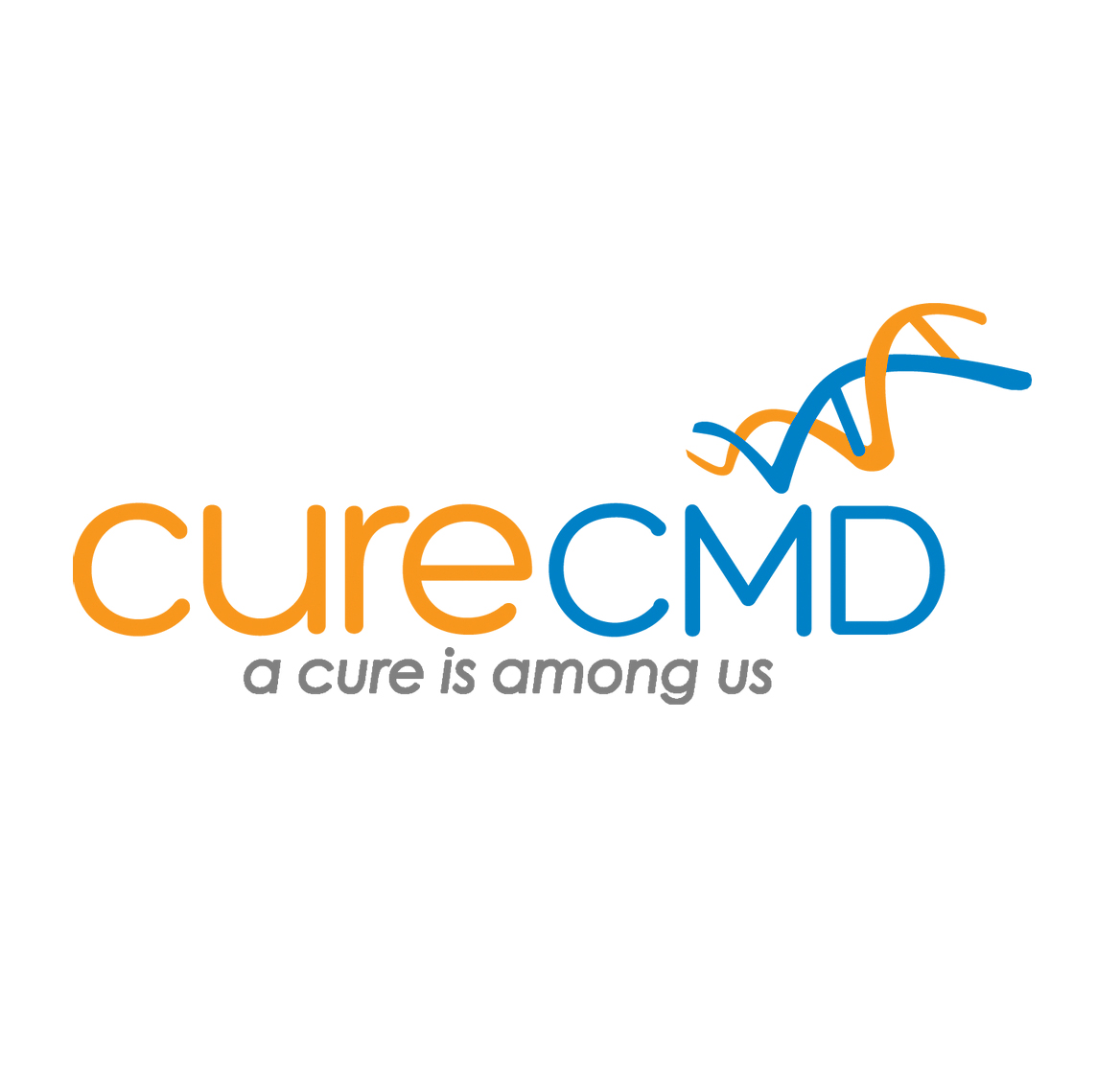From patient to researcher: Justin Moy’s fight against LAMA2-CMD
This is a summarized version of an original article published by Boston University. Read the full article here.
For Justin Moy, a PhD student in bioinformatics at Boston University, research isn’t just academic—it’s personal. Moy was born with LAMA2-related muscular dystrophy, a rare genetic condition that weakens skeletal muscles over time. Now, he’s dedicating his career to understanding the disease from the inside out.
“My life’s goal is to cure my disease, and that’s really what drives me every day,” says Moy.
Moy works in the lab of Professor Pawel Przytycki, where they use powerful computational tools—like single-cell transcriptomics and spatially resolved gene mapping—to study how diseases spread at the cellular level. Their work explores how faulty communication between cells may be a driving force behind muscle degeneration in LAMA2 and similar disorders.
“We really want to focus on cell communication, because that’s more targetable for a drug,” explains Przytycki.
Moy’s unique perspective as both a patient and a scientist informs everything he does. Rather than focusing purely on theoretical work, he emphasizes real-world impact:
“I approach my work with an eye toward developing measurable improvements to quality of life.”
Growing up in Concord, Massachusetts, Moy faced challenges—but also received strong support from family, teachers, and friends. A manual wheelchair in preschool, a motorized one by middle school—his journey was shaped by resilience and adaptability. Though he originally planned to work in a lab handling biological samples, he chose bioinformatics to contribute through coding and data science, combining his scientific passion with practical accessibility.
“If I want to see change within my lifetime, then I need to be a changemaker here.”
Today, he collaborates with international researchers and the National Institutes of Health to analyze muscle tissue and uncover key genetic differences between healthy and diseased cells. While progress is gradual, Moy remains motivated by the potential long-term impact.
“Even if you’re not helping somebody today, you’re helping them in the future,” he says. “That’s what keeps me going.”






